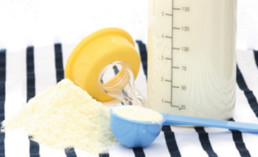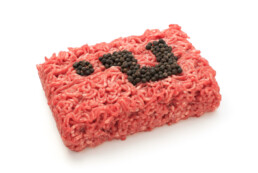Color Control – Milk Powder
Color Perception
Top brands invest large sums into their colors ensuring that their corporate logos meet exact requirements because color plays a huge role in the branding and reputation of a company. Similarly, when manufacturing food products, major companies place a high level of importance in achieving color consistency. They value color because color is the largest indicator of a product’s quality. Color is the first segment of perception that people use when selecting a brand in the supermarket. In milk powder, the source, processing and storage all contribute to the color. Ranging from a lighter white to a creamy yellow, maintaining the desired color on a consistent basis can be challenging.
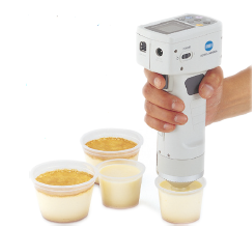 Color Assessment
Color Assessment
Chroma meters and Spectrophotometers provide an unbiased approach to color measurement. Applications for these instruments include incoming quality checks of raw ingredients, research, and development as well as production process control.
Scientific Color Measurement
Colorimeters measure color typically using a lamp that provides uniform illumination inside a sphere. The light illuminates the test sample which then reflects light to a sensor. Then the sensor feeds into a processor that calculates the collected color data. Food technologists display the collected data in color spaces like CIE L*a*b* or CIE L*C*h (The most common in the food industry).
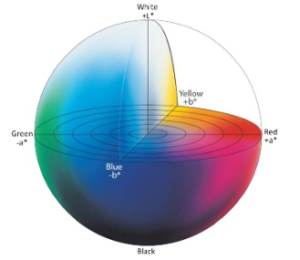 Food technologists use this data to:
Food technologists use this data to:
- Communicate exact color
- Archive for record-keeping
- Keep as a point of reference for upcoming quality checks
- Process and analyze trends
- Evaluate performance
Research and Development teams take this data to:
- Determine effects of various processes have in the color of their product
- Document the optimal processes for creating their product
- Defining a shelf life for their product
Process or Quality Control professionals also use this data in monitoring and grading:
- Incoming, unprocessed product
- Color change during production
- Final inspection of products
Color Analysis of Milk Powder
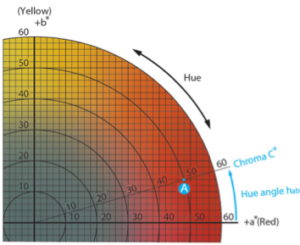 As stated earlier, milk powder color ranges from shades of light white to a creamy yellow shade. The color difference in milk powder is most noticeable on the b* value (yellowness value). The L value (lightness value) for observing ‘whiteness’ color changes related to time. To ensure product consistency, the Whiteness Index (WI) and Yellowness Index (YI) can be for tracking changes in color shade.
As stated earlier, milk powder color ranges from shades of light white to a creamy yellow shade. The color difference in milk powder is most noticeable on the b* value (yellowness value). The L value (lightness value) for observing ‘whiteness’ color changes related to time. To ensure product consistency, the Whiteness Index (WI) and Yellowness Index (YI) can be for tracking changes in color shade.
Selecting Color Measurement Instruments & Accessories
Compact chroma meters are ideal for the food production floor. Chroma meters are portable instruments that use direct contact to measure samples. Due to their fast, color-variance detection speeds, a chroma meter will improve production yields. For in-depth color analysis, a chroma meter can transform data into many other color indices and color spaces outside of the CIE L*a*b and CIE L*C*h color spaces. If measuring granular or powder samples (like milk powder) the aid of a granular material attachment or a petri dish is required.

